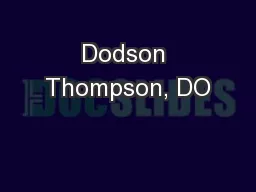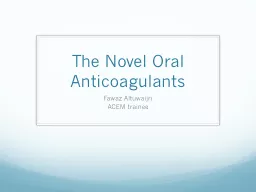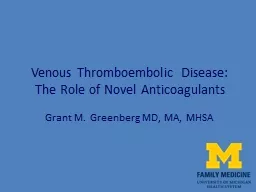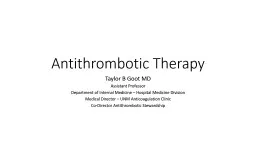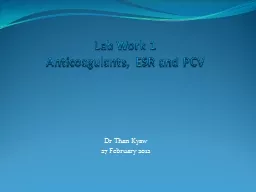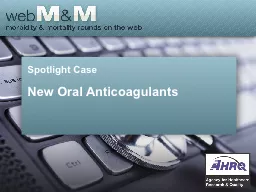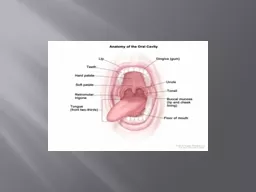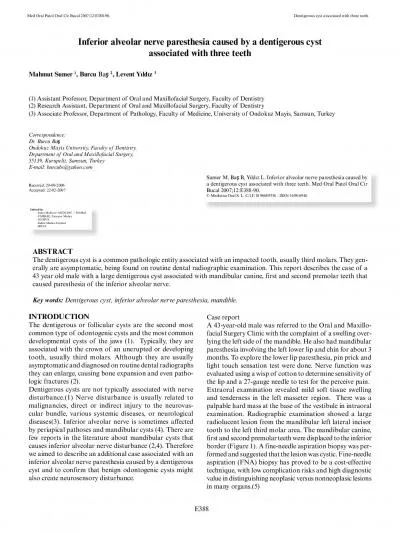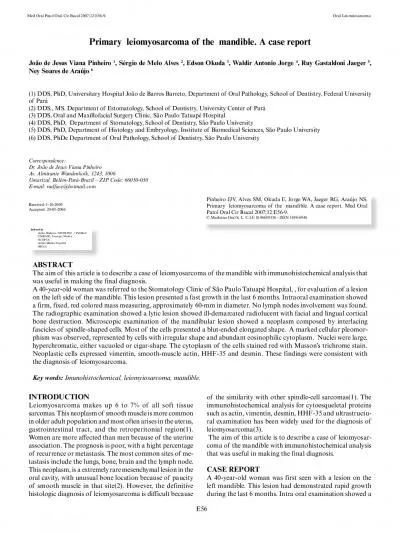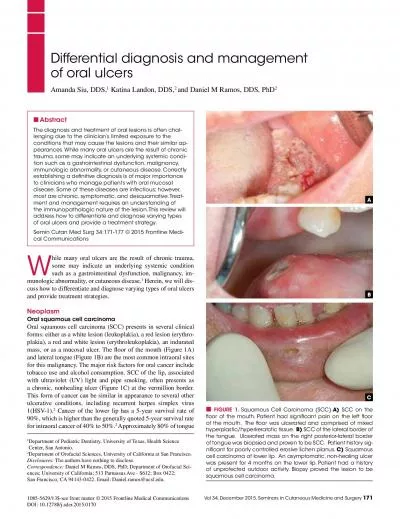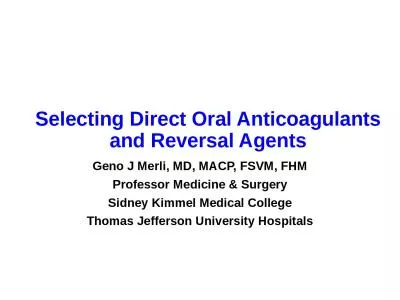PPT-Novel Oral Anticoagulants
Author : natalia-silvester | Published Date : 2015-12-01
N OAC Dan Moellentin PharmD BCPS Associate Professor Husson University Strokes in Atrial Fibrillation 15 of strokes are caused by a fib 13 cardiac arrhythmias
Presentation Embed Code
Download Presentation
Download Presentation The PPT/PDF document "Novel Oral Anticoagulants" is the property of its rightful owner. Permission is granted to download and print the materials on this website for personal, non-commercial use only, and to display it on your personal computer provided you do not modify the materials and that you retain all copyright notices contained in the materials. By downloading content from our website, you accept the terms of this agreement.
Novel Oral Anticoagulants: Transcript
Download Rules Of Document
"Novel Oral Anticoagulants"The content belongs to its owner. You may download and print it for personal use, without modification, and keep all copyright notices. By downloading, you agree to these terms.
Related Documents


